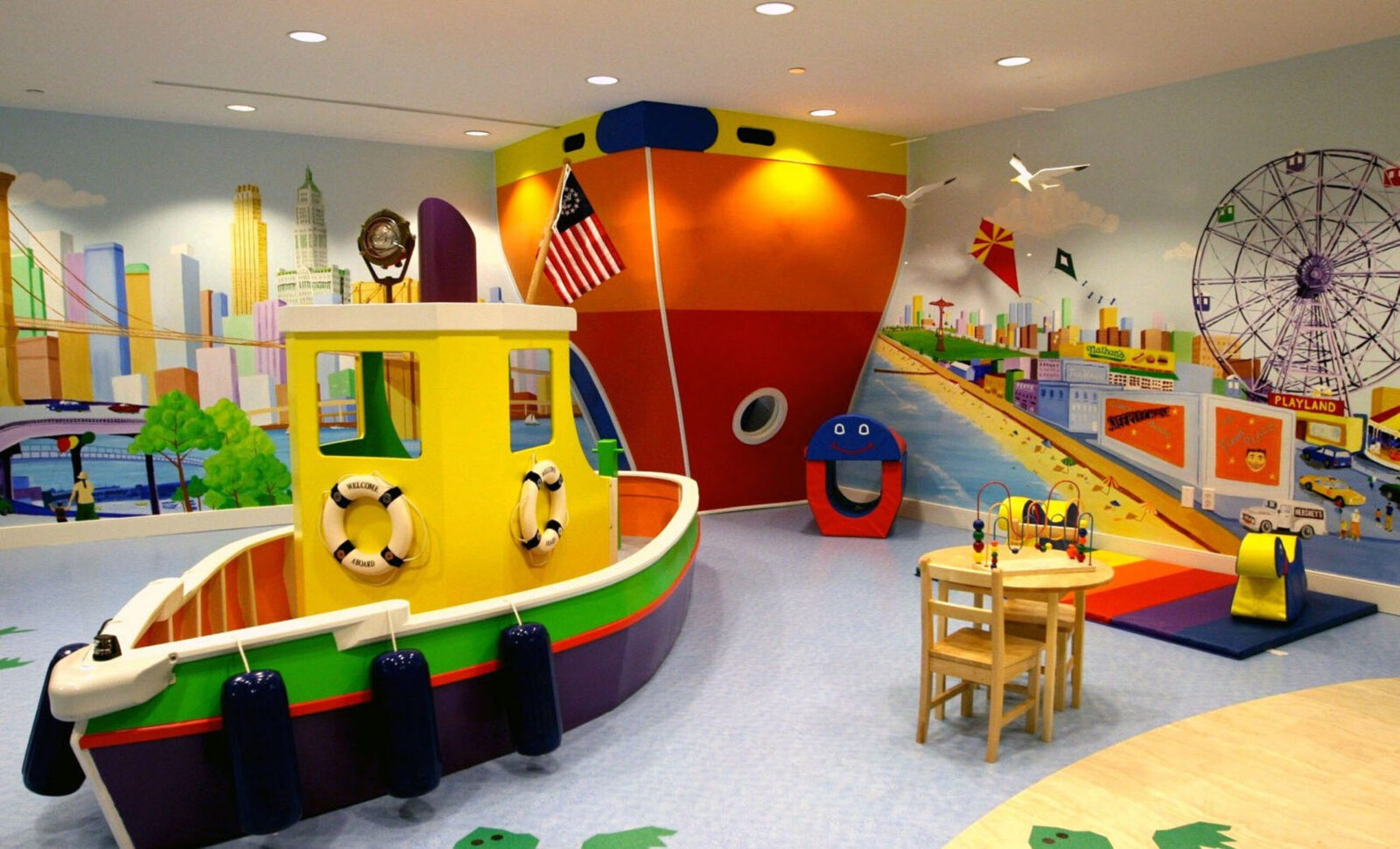Designing the Perfect Play Area for Kids
Creating a play area for kids is about more than just fun—it helps support their physical, mental, and social development. Whether it’s a backyard, school playground, or community park, thoughtful planning ensures the space promotes growth while keeping kids safe and engaged.
Safety Comes First
When it comes to designing a play area, safety should always be the top priority. Kids need a secure environment where they can explore and play freely without unnecessary risks. Below are some essential safety measures to keep in mind:
Safe Surfacing
The type of ground surface in a play area can make a world of difference in preventing injuries. Hard surfaces, such as concrete or asphalt, are not ideal for spaces where children might trip or fall. Instead, opt for impact-absorbing materials such as:
- Rubber mulch or tiles
- Engineered wood fiber
- Soft synthetic turf
These materials act as cushions and reduce injury risks when kids tumble, as they inevitably will.
Equipment Selection
Choose age-appropriate equipment that adheres to safety standards. Every piece of equipment, from slides to climbing structures, should include features like rounded edges, guardrails, and non-slip surfaces. Ensure it’s designed to withstand the wear and tear of heavy use.
Make regular inspections a habit to spot potential hazards early. Loose bolts, rust, or broken parts can quickly turn into dangerous situations.
READ MORE : 11 Benefits of a Skilled Worker Visa in the UK
Fencing and Shade
Fencing provides an enclosed, safe environment for kids, keeping them within sight and preventing them from wandering into potentially dangerous areas like streets. Additionally, consider installing park shades, like those available in Utah, to protect kids from harmful UV rays, particularly during peak sun hours. A shaded space also ensures that playtime stays comfortable, even during hot days.
Designing for Different Age Groups
Children’s needs and interests change as they grow, and their play areas should evolve with them. A one-size-fits-all solution simply doesn’t work when it comes to creating an engaging space for toddlers, preschoolers, and older kids.
Spaces for Toddlers
For toddlers aged 1–3, the focus should be on safe, sensory-based experiences. Consider features like:
- Soft crawling mats or turf for exploring safely
- Low slides and small steps for climbing
- Activity boards with tactile, interactive elements to stimulate motor skills
Play Areas for Preschoolers
Kids aged 4–5 are developing physical coordination and love imaginative play. Play areas for this age group could include:
- Swings and see-saws
- Medium-height climbing frames
- Structures like playhouses or themed play zones (e.g., pirate ships or castles) for role-playing
Fun for Older Kids
For children aged 6 and above, the play area should encourage skill-building and social interaction. Suitable features include:
- Taller slides and multi-level structures
- Zip lines or obstacle courses for adventurous spirits
- Courts or open areas for group activities like soccer or basketball
By tailoring areas to different age groups, you’ll ensure that all kids feel welcomed and enjoy a rich play experience.
Learning Through Play
Play areas are not just for recreation; they’re also an opportunity to help kids learn in engaging ways. Incorporate educational elements into your design to stimulate young minds while they play.
Interactive Installations
Install features like alphabet boards, musical instruments, or puzzles to boost cognitive development. For example:
- A hopscotch mat with numbers teaches counting skills.
- Outdoor musical instruments, like xylophones or drums, encourage exploration of sounds and rhythms.
Nature-Inspired Features
Add components that connect kids to the natural environment. Consider building:
- A butterfly garden or treehouse
- Sandboxes for tactile exploration
- Water tables to teach basic physics concepts like flow and volume
By blending education into fun, you’re creating an environment where kids learn without even realizing it.
Making the Most of Small Spaces and Tight Budgets
Not everyone has access to sprawling areas and unlimited budgets. However, even limited spaces can be transformed into dynamic play areas with a little creativity and planning.
Tips for Small Spaces
- Use vertical space by adding climbing walls or stacked structures.
- Opt for multipurpose equipment, like a slide-gym combo or swings that double as climbing frames.
- Use mirrors or open designs to create an illusion of more space.
Budget-Friendly Solutions
- Source materials locally or repurpose items. For example, large tires can be painted and turned into obstacle courses.
- Start small! Begin with a modest setup and add features over time as your budget allows.
- Partner with local businesses or organizations for sponsorships or community grants.
Remember, the key to success lies in creating value rather than spending extravagantly.
Conclusion
A well-designed play area is an investment in children’s well-being, helping them grow physically, socially, and intellectually. By prioritizing safety, tailoring the space to different age groups, incorporating educational elements, and balancing your space and budget, you can create something truly special.

